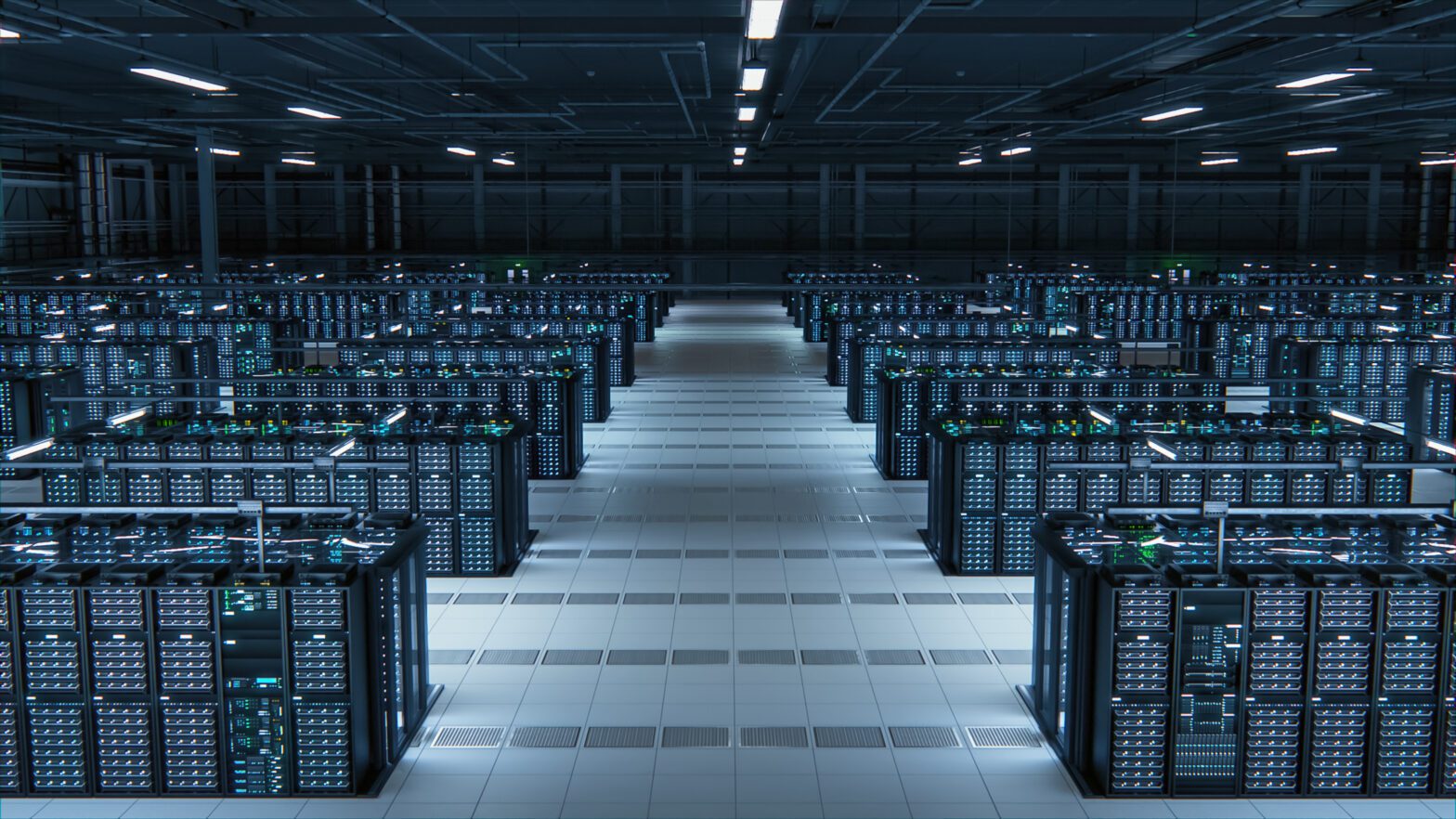As we move toward a world powered by clean energy, tech companies opting for natural gas to power data centers should ensure it is low in methane emissions.
The number of data centers has surged over the past two years, driven by increasing digitalization and the use of AI. This trend is expected to continue as major tech firms invested $125 billion last year to expand their infrastructure. It is estimated that the U.S. will see over $1 trillion invested in data centers over the next five years.
The challenge for governments climate goals and tech companies scope 3 emissions targets is that data centers use a significant amount of energy. Although ongoing efficiency improvements will help mitigate this issue, energy demand from data centers is projected to triple over the next three years in the U.S. and could represent up to 8 percent of total US electricity consumption by 2030, according to a study by Goldman Sachs.
Renewables can provide much of the required energy, but on-demand dispatchable sources remain necessary because data centers need reliable power around the clock, and intermittent renewables can’t meet this 24×7 demand currently. Governments and companies have ambitions for future nuclear technologies, such as Small Modular Reactors and Advanced Modular Reactors, as long-term solutions. However, these technologies are unproven and not yet available, so large tech firms will likely be forced to choose natural gas in the short to medium term.
It is crucial that if these firms opt for natural gas, they choose gas that has been third-party certified as low methane emissions to minimize its upstream environmental impact. Methane is 84 times more potent in terms of climate change compared to CO2, and methane emissions can occur across the entire oil and gas supply chain, including during the production and transportation stages, leaking large quantities into the atmosphere. If big tech firms are purchasing natural gas with high methane emissions, overall emissions will continue to rise, which will also affect the scope 3 reporting for tech firms.
A 100 MW hyperscale data center running continuously and consuming up to 876,000 MWh per year, which is produced by a gas plant running at 50% efficiency, could achieve a 95% reduction in methane emissions compared to the U.S. benchmark if the operator purchased MiQ grade A-certified gas. This is an annual saving of over 82,228MT CO2e and the same emissions saving as taking over 18,337 gasoline-powered cars off the road for a year. There are still carbon emissions associated with certified gas, but the methane emissions could be significantly lower. Data centre operators can calculate their potential emissions savings from purchasing certified gas using the MiQ Emissions Calculator for Buyers.
There is a sufficient supply of verified low-methane gas in the U.S. because MiQ has independently certified 20% of the total natural gas production. Large end users of natural gas, including CF Industries, Bloom Energy, and several major utilities such as Washington Gas, have purchased MiQ-certified gas to demonstrate lower emissions in their reporting.
MiQ’s Methane Emissions Calculator for Buyers shows natural gas buyers, including tech companies, the potential reductions in methane emissions from the production segment of purchasing MiQ-certified gas compared to benchmark gas.
Tech companies opting for natural gas to power data centers should purchase Certified Gas to reduce their impact on the environment and help with scope 3 reporting.
